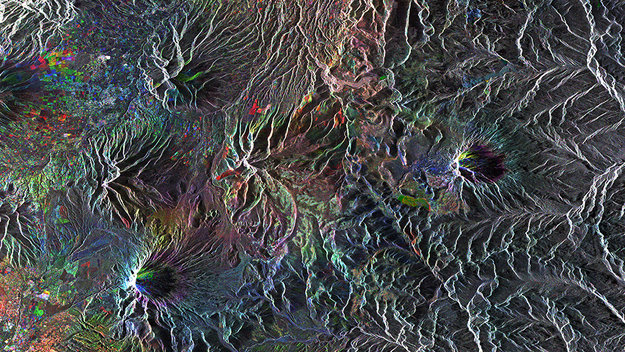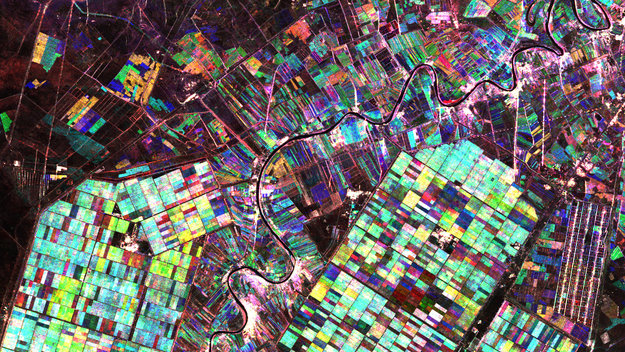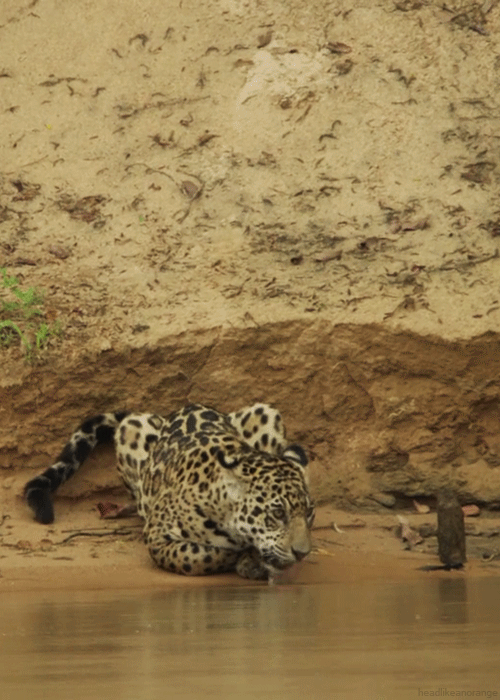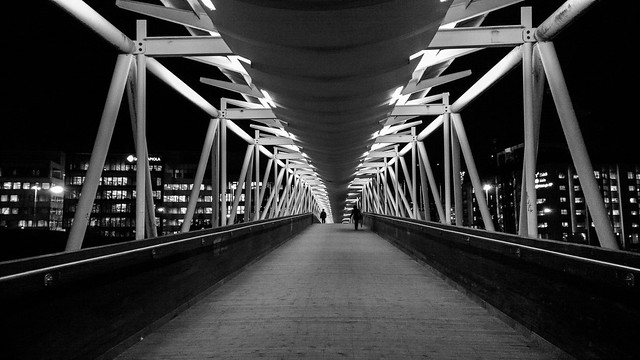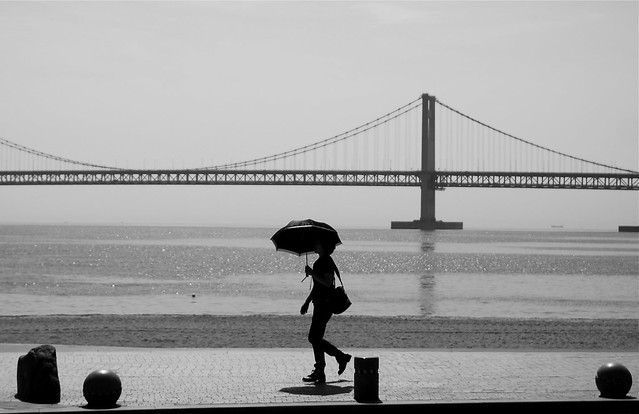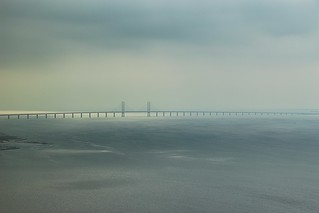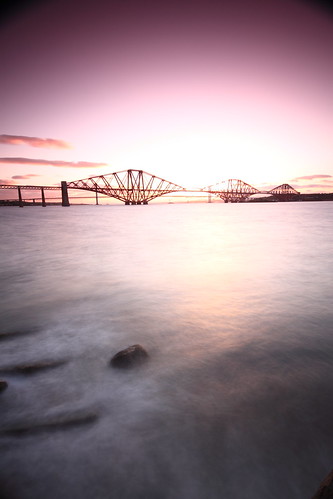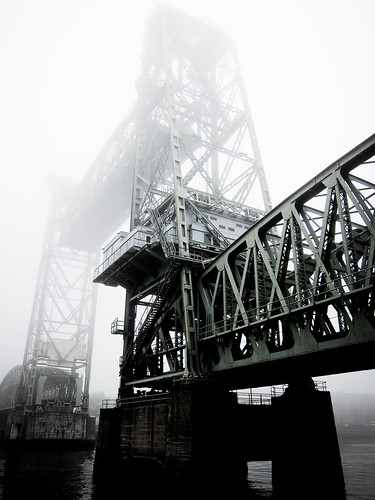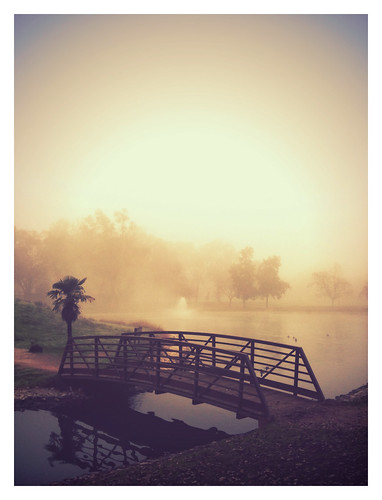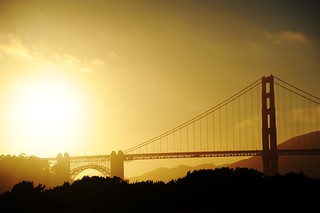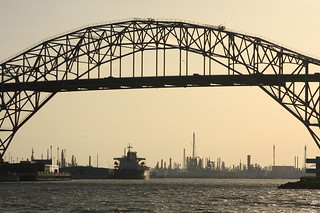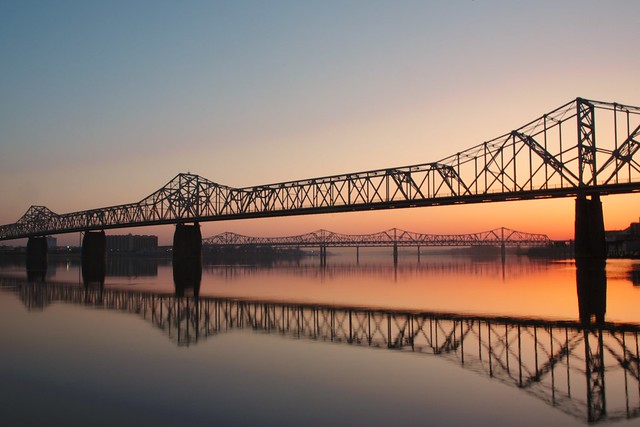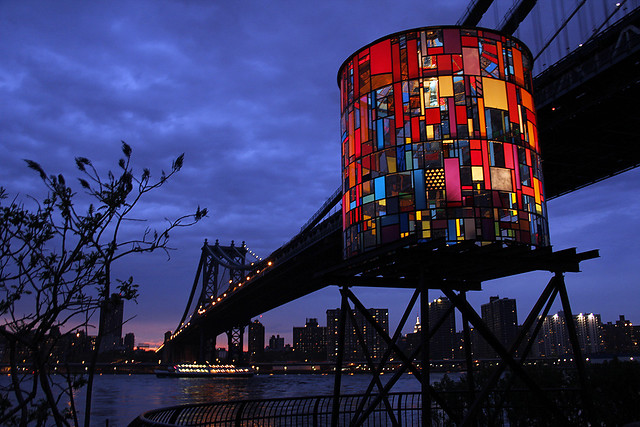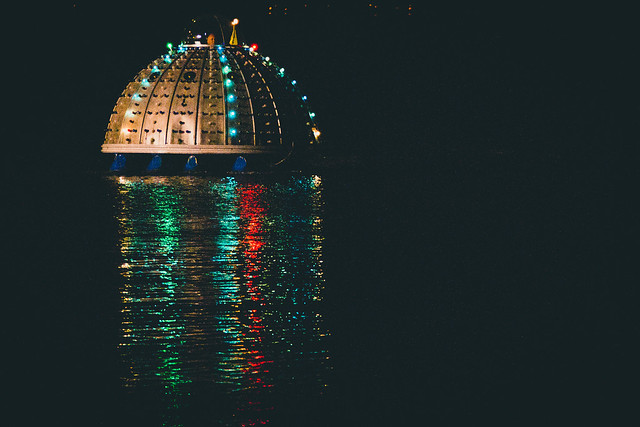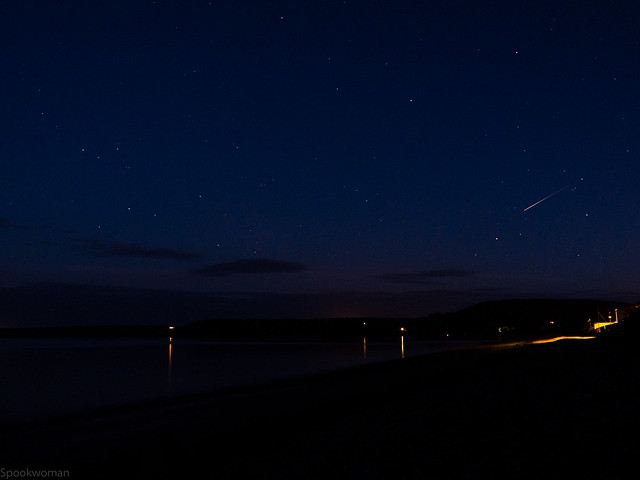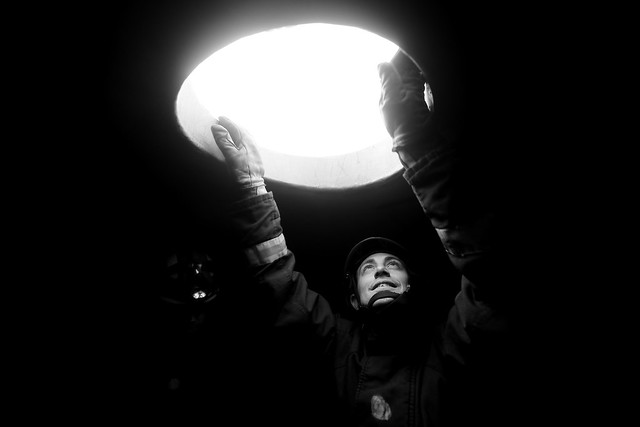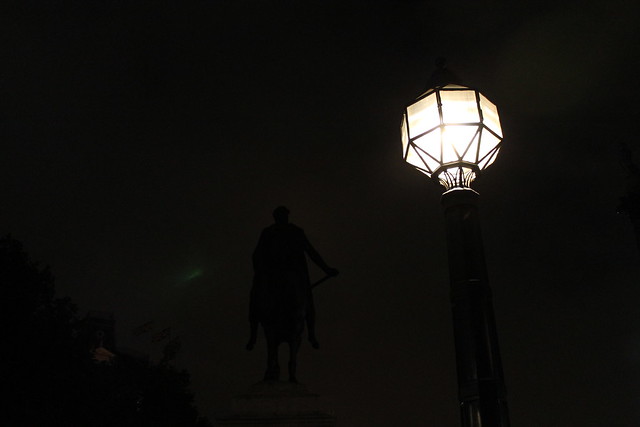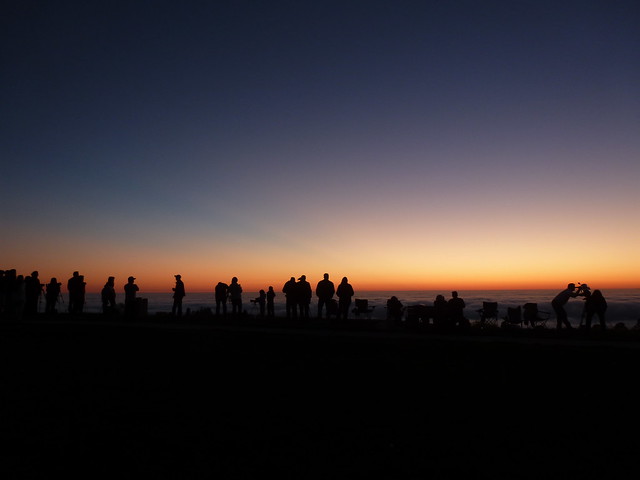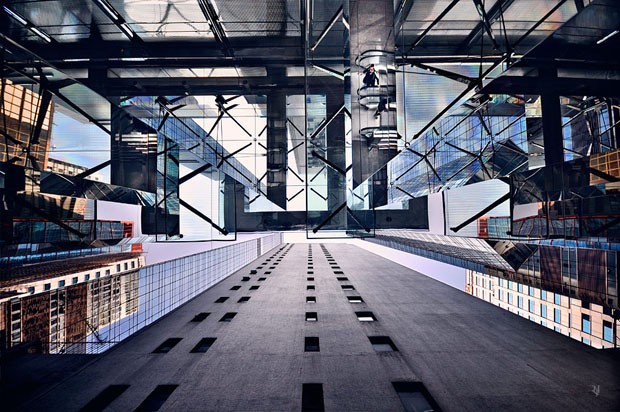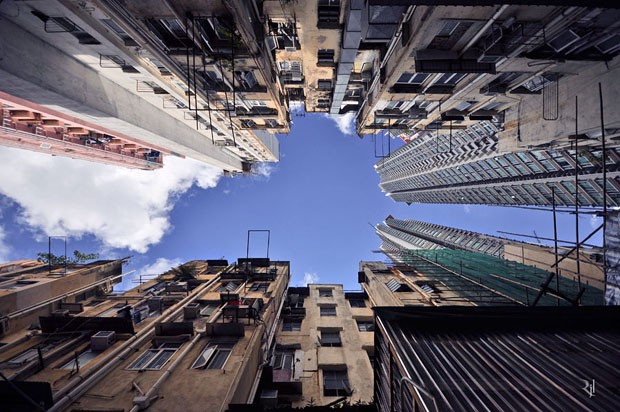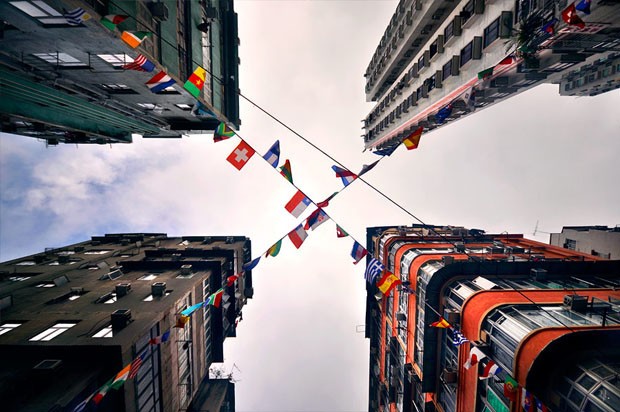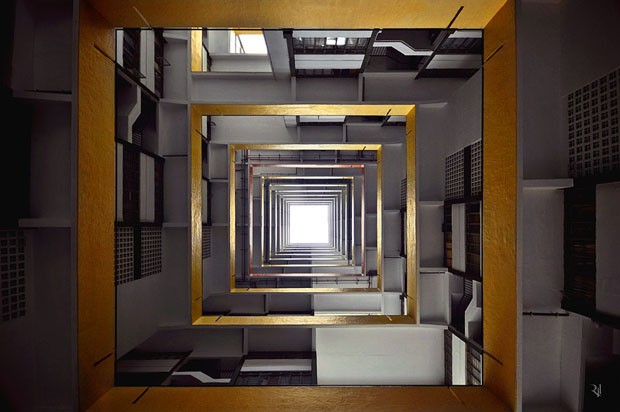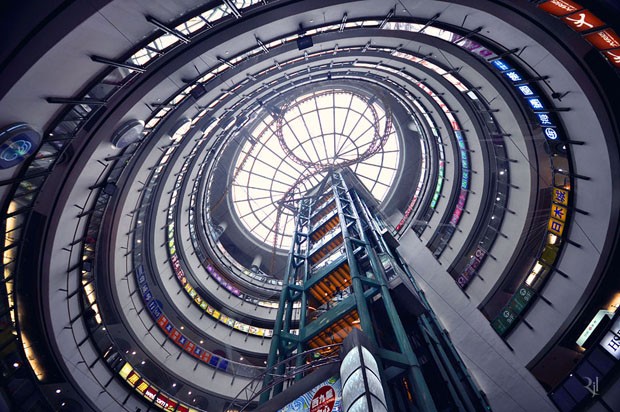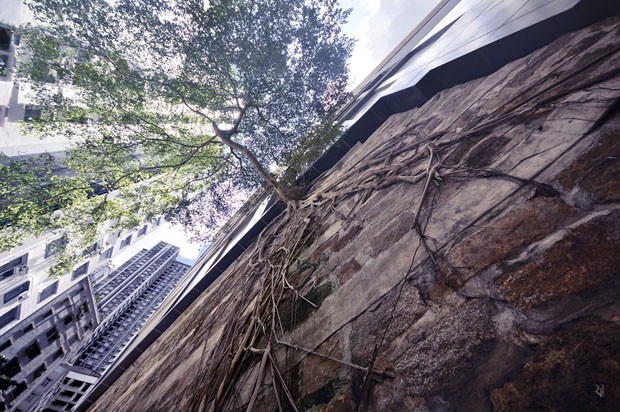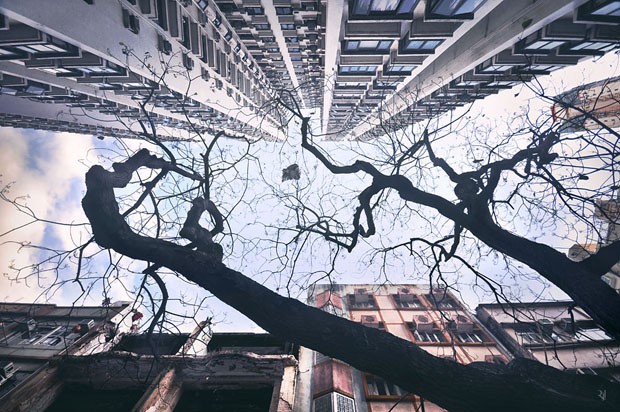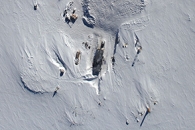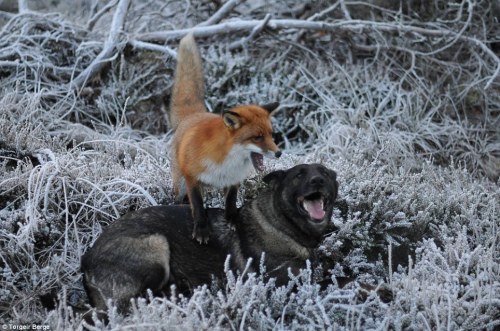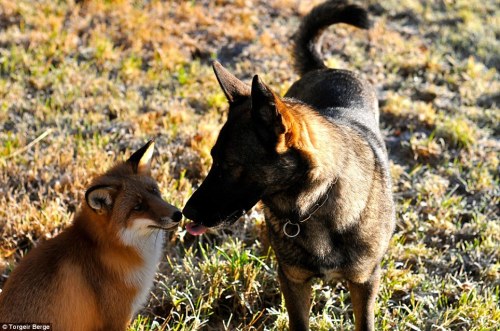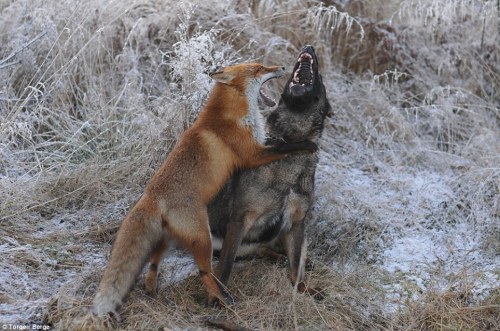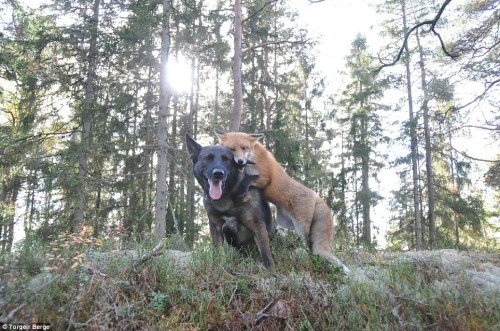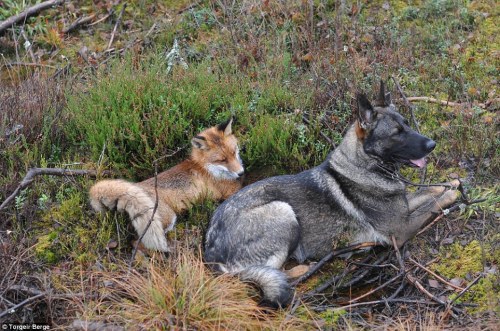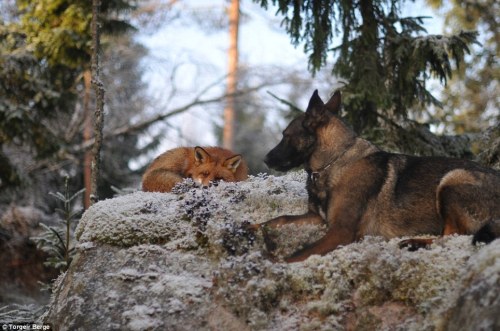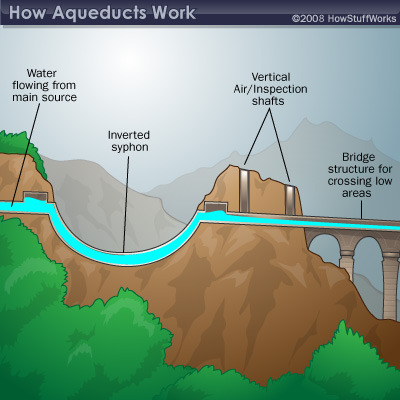A Hulladékkommandó Társadalmi Járőrszolgálat valamint a Magyar Repülő Szövetség 2017. március 1-jével fotópályázatot hirdetett a közelgő Föld Világnap alkalmából.
Pályázni időjárással, égi jelenséggel, valamint éghajlatváltozással kapcsolatos, saját készítésű fotóval lehet. A képeket max. A/4-es méretben jó minőségben kinyomtatva (kiállításra készen) zárt borítékban, névvel ellátva, leadhatók nyitva tartási időben a Hamvas Béla Városi Könyvtárban.
A fotókat kérjük elektronikus úton is megküldeni a hulladekkommando@gmail.com címre. Szakembereink által legjobbnak ítélt 3 db fotó, valamint a Facebook oldalunkon legtöbb szavazatot (like-ot) kapott fotó készítője díjazásban részesül.

Pályázati feltételek
· 25 év alatti életkor
· Saját készítésű, maximum 3 db fotó
· Beküldési és leadási határidő: 2017. április 10.
· Kérjük feltüntetni a fotó készítőjének nevét, életkorát, valamint a fotó címét!
A beküldött és feltöltött képek (2017. április 10 után) a Facebook oldalunk „Föld Világnapi fotópályázat 2017” albumban lesznek megtekinthetők, és itt lehet szavazni a legjobb képre 2017. április 17-ig. A pályázott fotók a kiíró civil szervezetek tulajdonában maradnak, s azok kiállítási tárgyként, vagy illusztrációként felhasználhatók.
További információ: hulladekkommando@gmail.com
A beérkező fotókból kiállítást szervezünk. Eredményhirdetésre és a fotók kiállításának megnyitójára a Föld Világnap alkalmából rendezett ünnepségünkön, a Hamvas Béla Városi Könyvtárban, 2017. április 25-én 17 órakor kerül sor.
Díjazás
I. Légi felvételek készítésére lehetőség biztosítása Százhalombatta légterében, oklevél, ajándéktárgy.
II. Oklevél és ajándéktárgy.
III. Oklevél és ajándéktárgy.
Közönségdíj: Légi felvételek készítésére lehetőség biztosítása Százhalombatta légterében, oklevél.
A fotópályázat célja: Az éghajlatváltozás hatásaira szeretnénk felhívni a fiatalok figyelmét, valamint az egyre drasztikusabban jelentkező globális klímaváltozásra és a mai kor emberének felelősségére.
Pályázati adatlap itt tölthető le!
A pályázónak a kitöltött pályázati adatlapot (egyben szándék-, valamint jogi nyilatkozat) a hulladekkommando@gmail.com e-mail címre kell eljuttatnia 2017. március 10-ig.
The post Fotópályázat a közelgő Föld Világnap alkalmából appeared first on Hulladekvadasz.hu.






















 Larger version of this image is viewable
Larger version of this image is viewable 
 Image by
Image by  Image by
Image by  Image by
Image by  Image by
Image by Image by
Image by Image by
Image by Image by
Image by  Image by
Image by  Image by
Image by  Image by
Image by  Image by
Image by 































